World coffee prices fluctuated inconsistently, with robusta increasing while arabica slightly adjusted in opposite directions between the September and December delivery periods.
The pressure of adjusting monetary interest rates by many major central banks has had mixed impacts on the world commodity market in general.
Robusta coffee prices continued to rise due to concerns about scarce supplies and reports that ICE inventories continued to decline for the sixth consecutive week. As of June 23, robusta coffee inventories certified and monitored by ICE – London decreased by another 2,810 tons, or 3.58% compared to the previous week, to a registered level of 75,590 tons (equivalent to 1,259,833 bags, 60 kg bags).
In the domestic market of Vietnam, the trading price of robusta coffee harvested at the end of the year is 52 - 53 thousand/kg.
The reason for the continued decline in Arabica coffee prices is none other than the pressure from Brazil's new harvest this year, which is taking place with a forecast of a record crop that will contribute to increasing global coffee output in the 2023/2024 crop year by 4.3 million bags compared to the previous crop year, to 174.3 million bags, according to
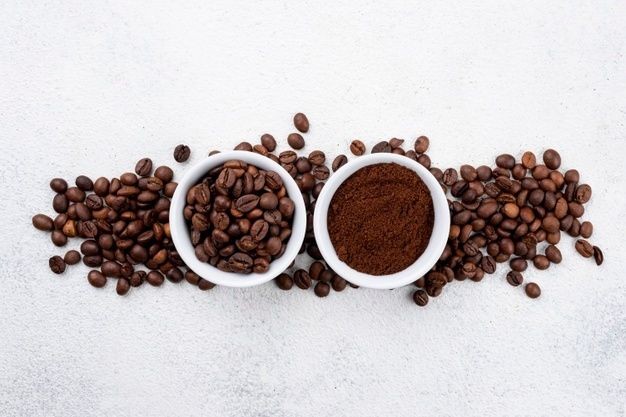 |
| Domestic coffee prices today, June 27, increased by 400 - 500 VND/kg in some key purchasing localities. (Source: Pinterest) |
At the end of the trading session on June 26, the price of robusta coffee on the ICE Futures Europe London exchange turned up. The price of robusta coffee futures for September 2023 delivery increased by 34 USD, trading at 2,710 USD/ton. The price of November delivery increased by 21 USD, trading at 2,628 USD/ton. The average trading volume was high.
The New York Arabica Coffee Futures Exchange was inconsistent, with the price of Arabica coffee on the ICE Futures US New York for September 2023 delivery up 0.3 cents, trading at 165.15 cents/lb. Meanwhile, the December 2023 delivery decreased 0.2 cents, to 163.65 cents/lb. Trading volume increased sharply.
Domestic coffee prices today, June 27, increased by 400 - 500 VND/kg in some key purchasing localities.
Unit: VND/kg. (Source: Giacaphe.com) |
According to experts' forecasts, the price increase of robusta coffee will continue when Vietnam's supply is exhausted. Accordingly, the output of the 2022-2023 crop year is about 1.5 million tons, plus 100,000 tons of overlap from the previous crop year, the total supply is 1.6 million tons.
Vietnam exported 1.27 million tons, consumed domestically about 250,000 tons, totaling 1.52 million tons. Thus, the remaining inventory is only about 80,000 tons.
Meanwhile, the average monthly export demand is over 100,000 tons and Vietnam still has 4 months left until the end of the crop year. According to a survey from some businesses, the goods are mainly in the hands of FDI enterprises.
Brazil, the world’s second-largest producer of robusta, began harvesting in May. The recent sharp rise in robusta prices may encourage Brazilians to export more of the bean in the coming months. However, it should be noted that shortages are occurring everywhere.
Bloomberg estimates that Vietnam’s coffee output this year will be the lowest in four years. Brazil’s output is expected to fall by 5%. Indonesia’s robusta output could fall by as much as 20% due to unfavorable weather.
According to data from the International Coffee Organization (ICO), Brazil's robusta coffee exports in the 7 months of the 2022-2023 crop year (from October 2022 to April 2023) also decreased sharply by 36%. For arabica beans, the downward trend may continue in the coming time due to economic difficulties, reducing demand for coffee with higher prices than robusta beans.
Source








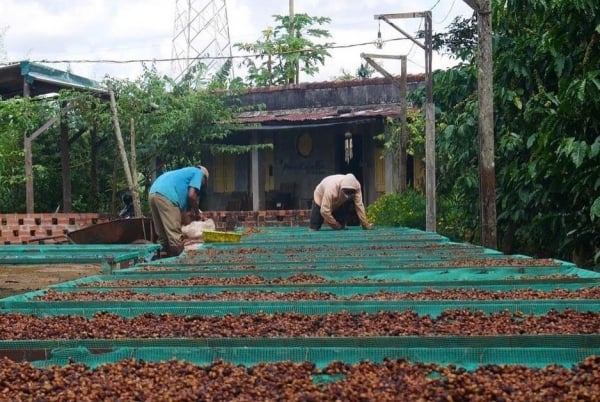

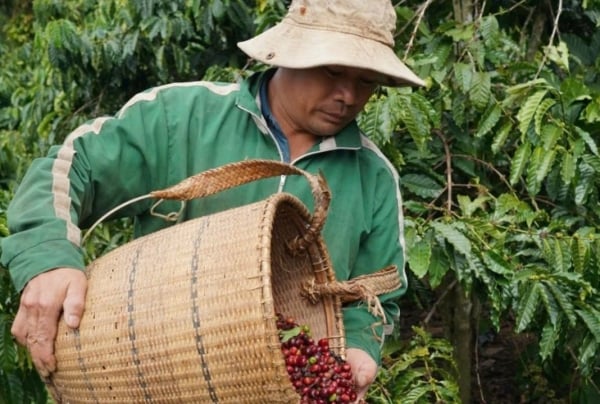

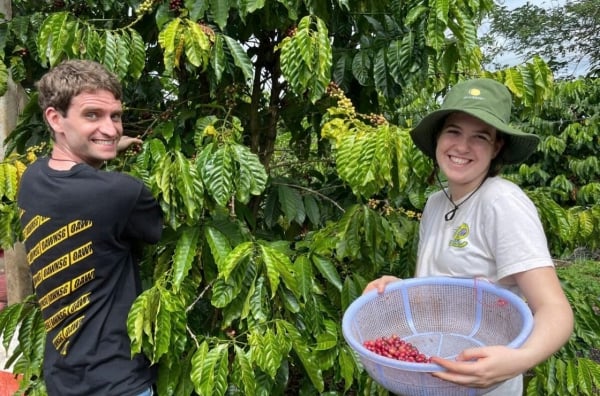

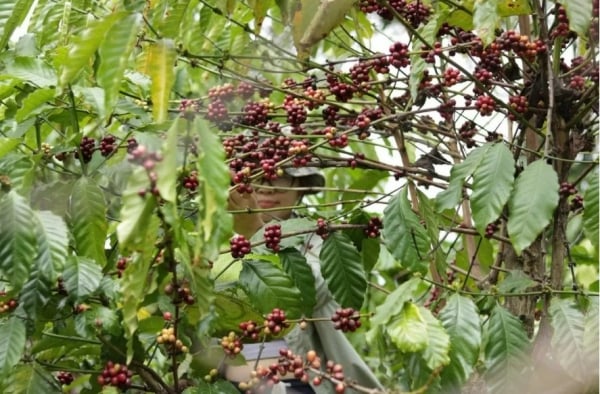


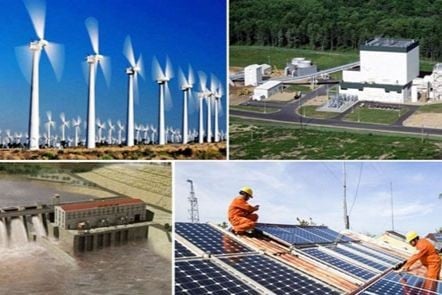








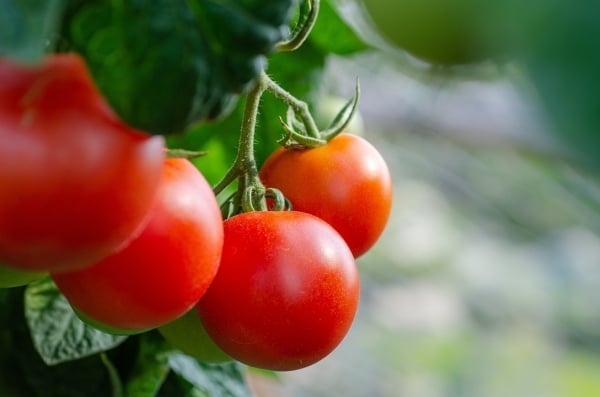















Comment (0)